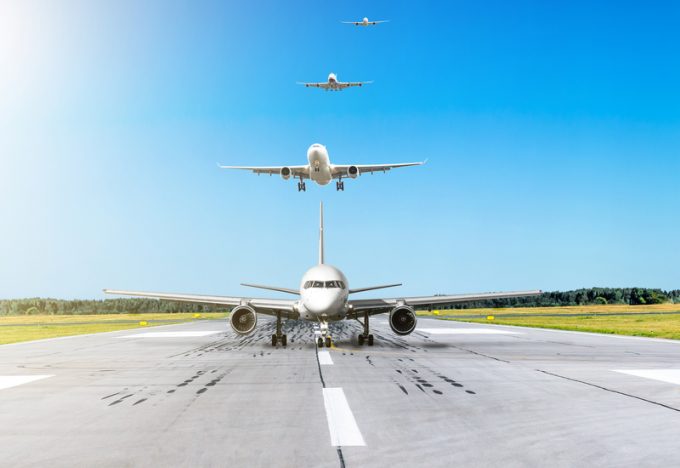Menzies Aviation sees potential as it expands cargo handling in Africa
Menzies Aviation is expanding its cargo handling business in Africa, seeing increasing opportunities in countries ...

The scheduled airline air cargo industry does not need a revised business plan, it needs a completely new business model.
In this concluding white paper from SASI, re post Covid-19 recovery, I would like to start with a brief recap of some facts, some new, and some from previous papers. As a team, and me in particular, we have always been known for straight-forward honest viewpoints.
Not saying anything is a greater deceit that worrying about controversy.
We need to understand that the ...
Trump tariffs see hundreds of cancelled container bookings a day from Asia
'Disastrous' DSV-Schenker merger would 'disrupt European haulage market'
'To ship or not to ship', the question for US importers amid tariff uncertainty
'Chaos after chaos' coming from de minimis changes and more tariffs
List of blanked transpac sailings grows as trade war heats up and demand cools
EC approves DSV takeover of DB Schenker
Shippers in Asia restart ocean shipment bookings – but not from China
Forto 'sharpens commercial priorities' as it lays off one-third of staff
India withdraws access for Bangladesh transhipments, in 'very harmful' decision
'Tariff hell' leaves industries in limbo – 'not a great environment to plan'
IndiGo fleet expansion plan will include a major push to boost cargo volumes
Pre-tariff rush of goods from US to China sees air rates soar, but not for long
De minimis-induced ecommerce demand slump could cripple freighter operators
'Restoring America's maritime dominance' – stop laughing at the back of the class
Hapag 'took the bigger risk' when it signed up to Gemini, says Maersk
Navigating tariffs: 'like trying to solve a Rubik's cube while colour-blind'

Comment on this article
Dante Klüver
June 14, 2020 at 4:32 pm“(…) Adhering to this way of doing business, with committee and silo thinking, is the easy way out. Collaboration makes hard decisions easier to take – but does that really make your company great? Do you think Jeff Bezos of Amazon, Jack Ma of Ali Baba or Fred Smith of FedEx made their companies great by accepting common solutions? Or did they see a business opportunity, and leverage their skills to create unique selling points for their way of doing business? (…)”
My comment -AMEN.